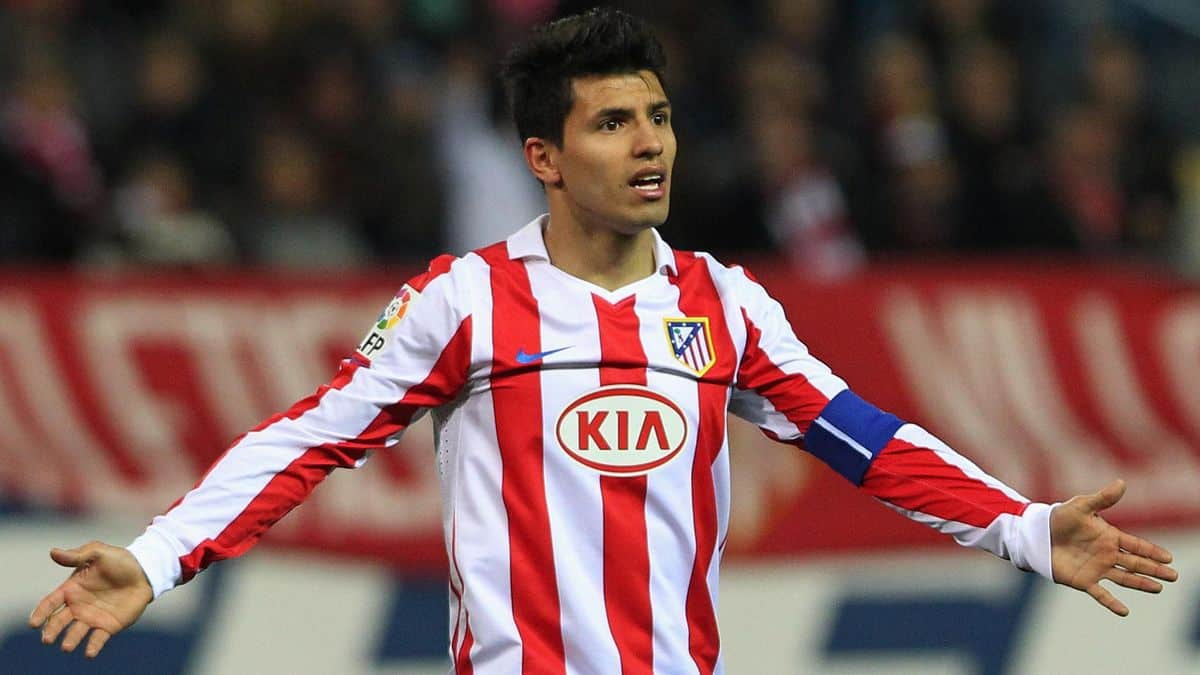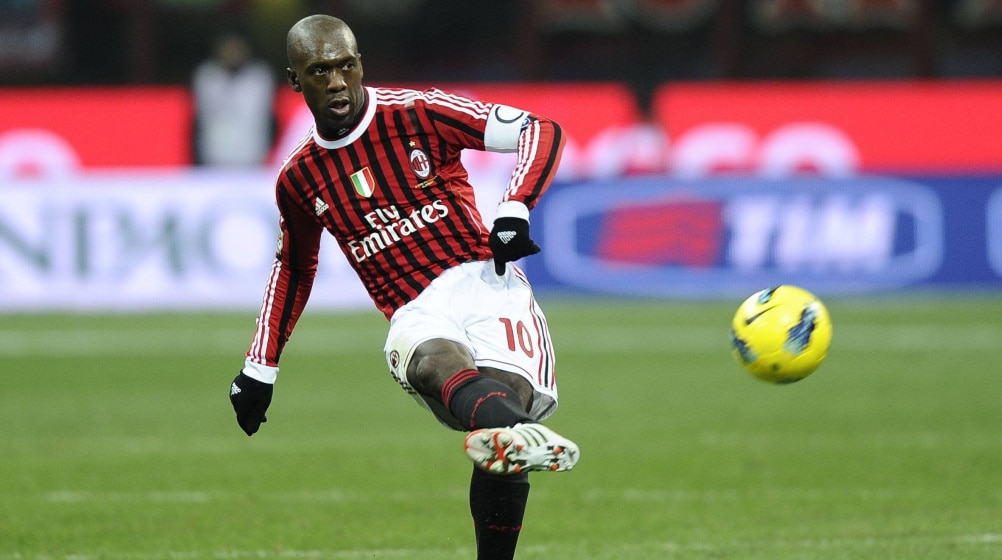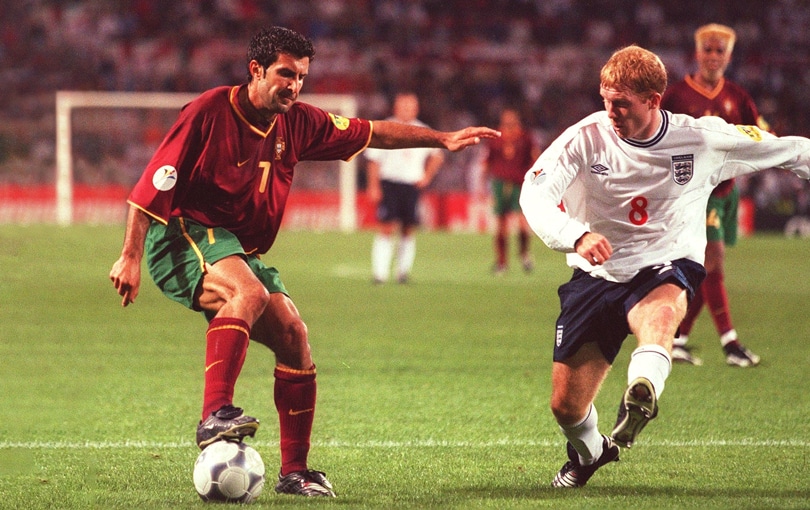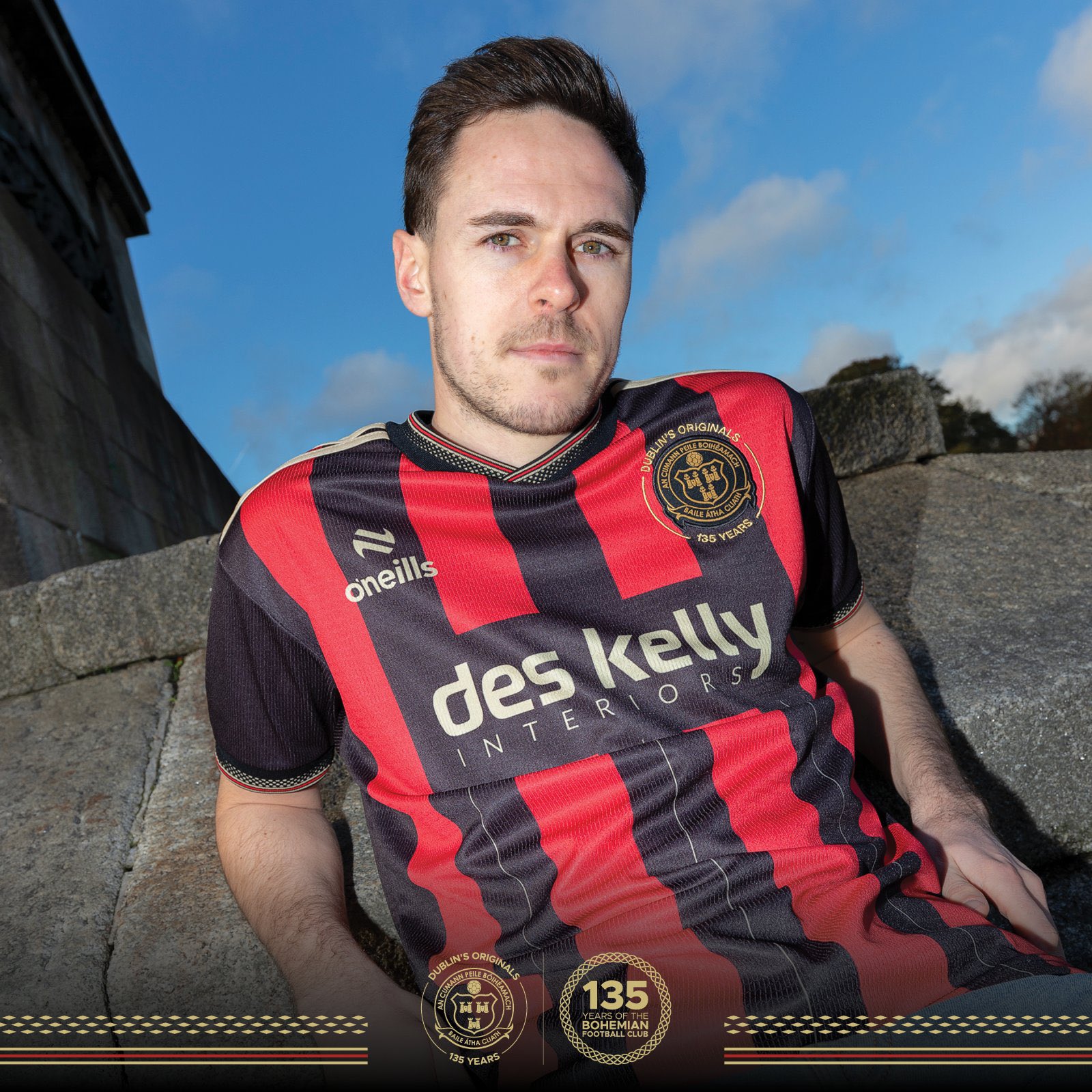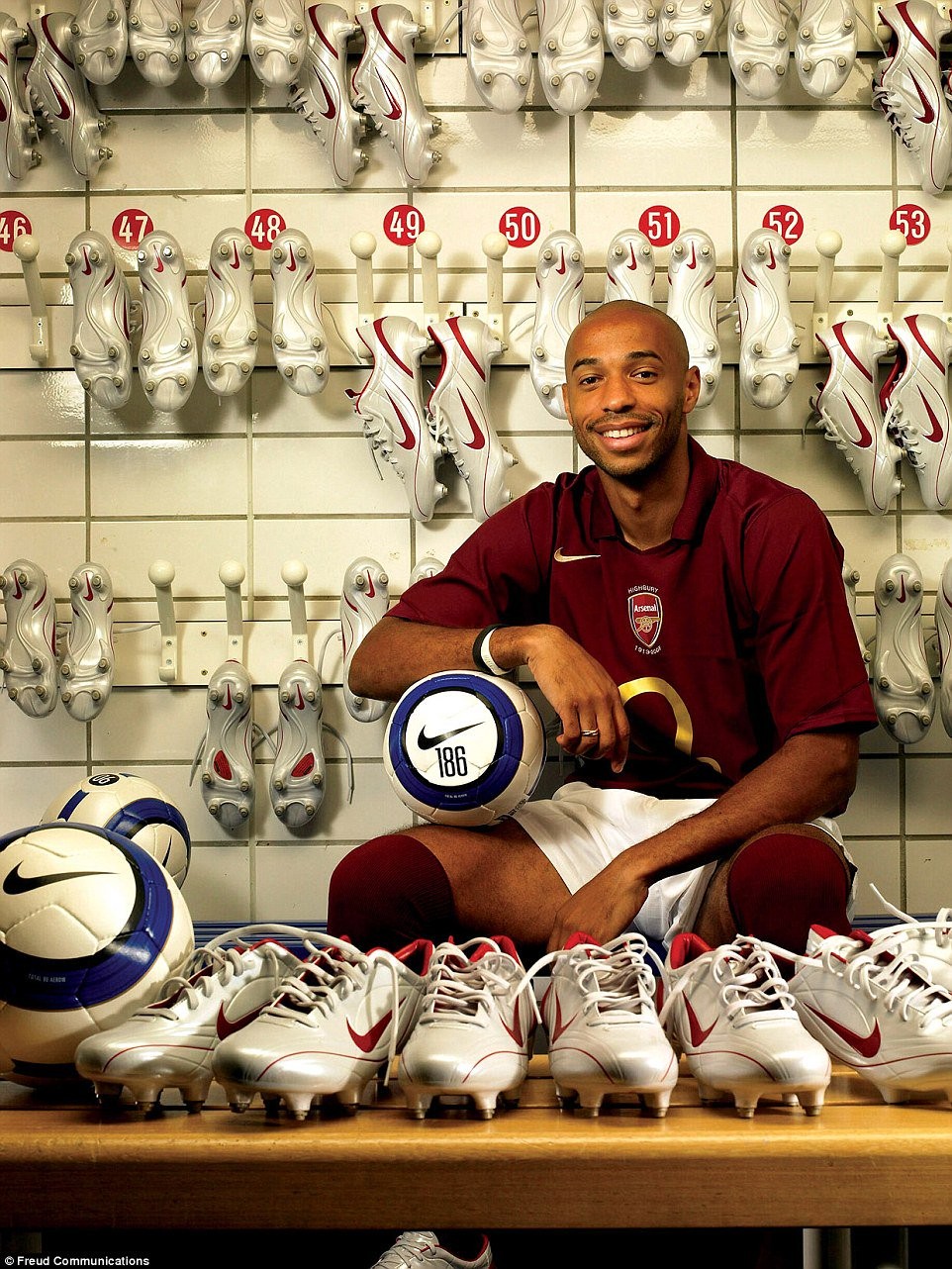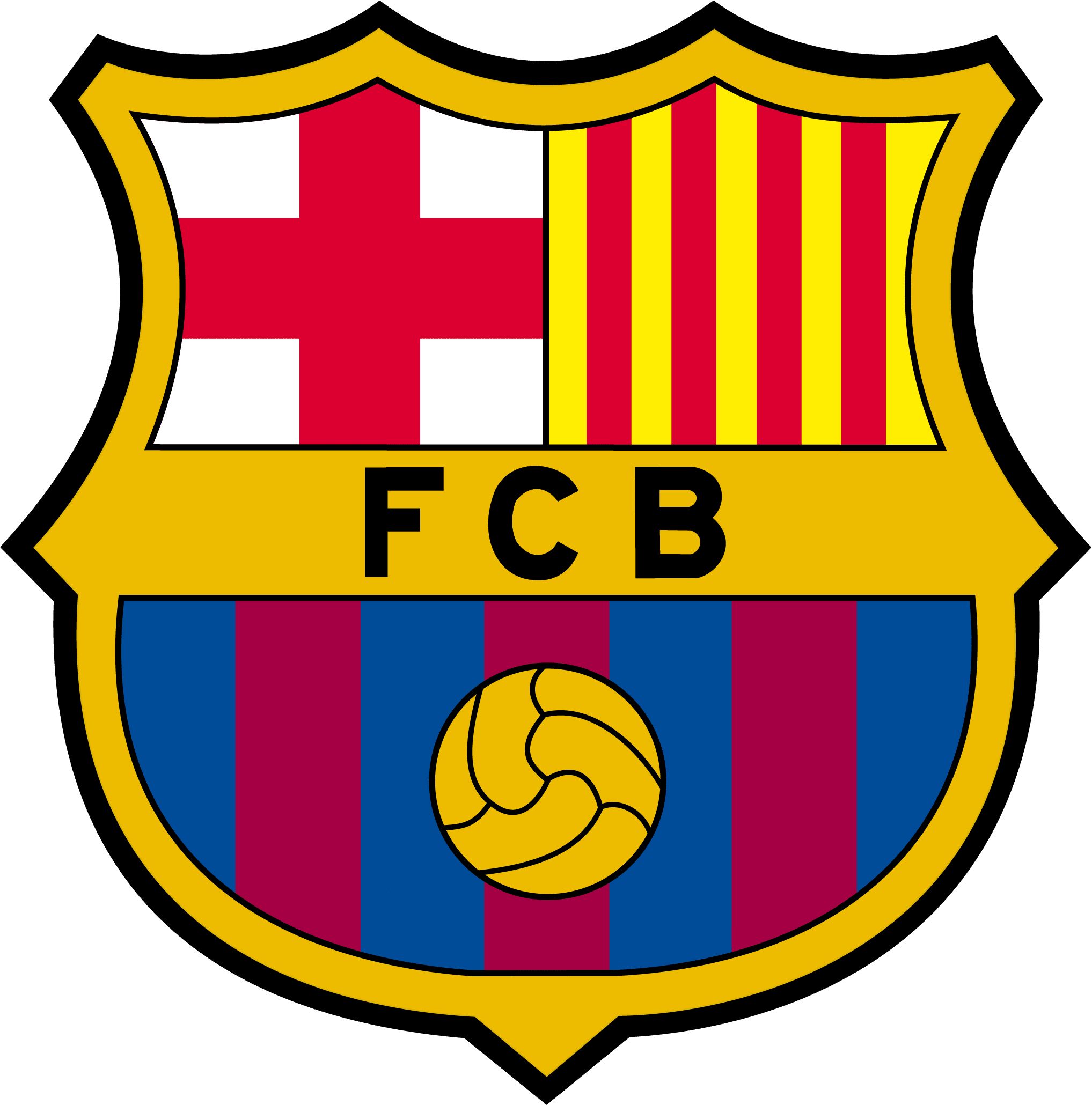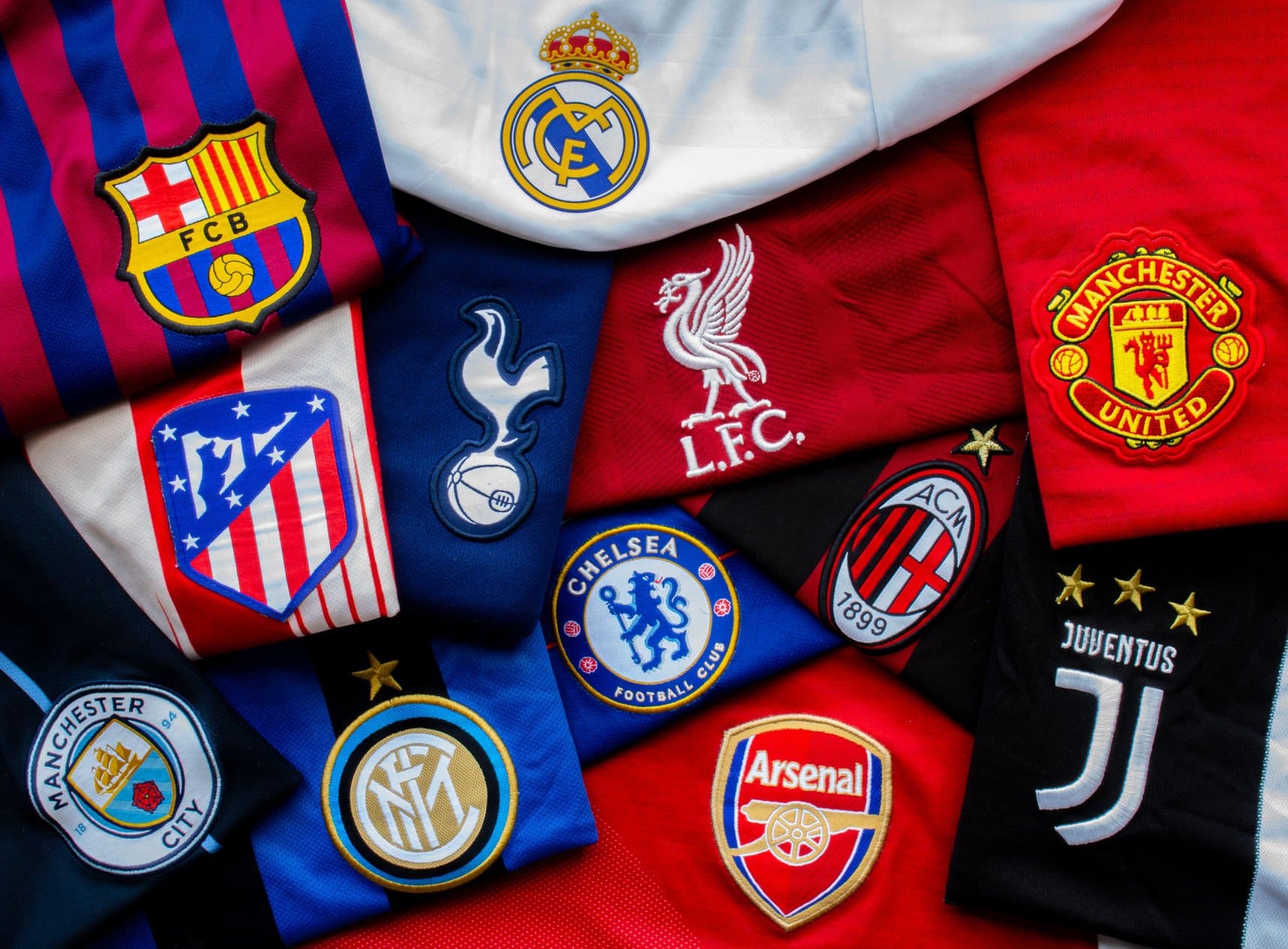Football Fashion
Football and fashion have always been a part of each others story. From iconic collaborations to the rise in football jerseys trending in everyday fashion, the two continue to grow closer and closer. This article will look back at the 10 jerseys that changed football history.
Manchester City third 2021/22 (Puma)
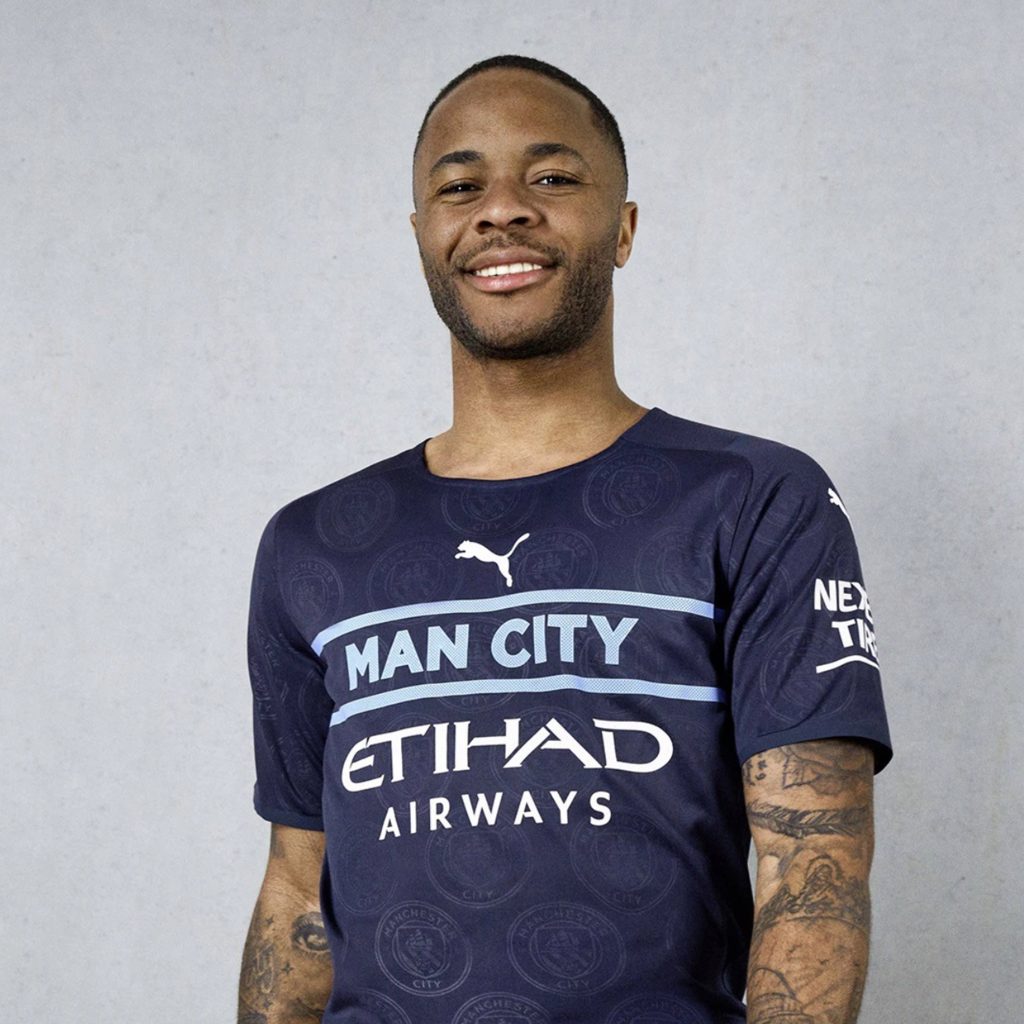
Manchester City start off this list with their third jersey from the 2021/22 season. This jersey by Puma is iconic, perhaps for the wrong reasons though.
Rather than having the club badge on the shirt, Puma opted to simply have “Man City” written in bold across the jersey. A similar design was also created for AC Milan, PSV Eindhoven and Borussia Dortmund.
It’s safe to say it didn’t go down too well with the fans of these clubs. We would not be surprised if this style of football jersey doesn’t make a return to the big stage.
Netherlands home 1974 (Adidas)
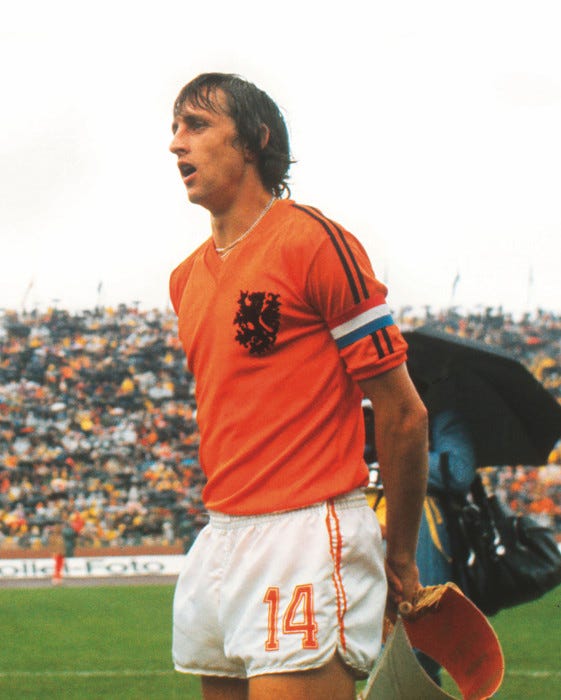
The 1974 was the first time Adidas brought their football jerseys to the main stage. The company produced 11 of the 16 kits worn at the tournament in West Germany, which was won by the hosts.
Netherlands finished as runners-up in that tournament, but their home strip really stood out. The unique orange and black combination made the shirt a must have.
Dutch forward Johan Cryuff did cause controversy when he made sure his jersey only had two stripes rather than the three on every other Adidas manufactured shirt. This was due to Cryuff’s personal sponsorship with Puma.
This didn’t stop Adidas though, who have been one of the kings of football jerseys ever since this tournament.
Portland Timbers home 1979 (Nike)
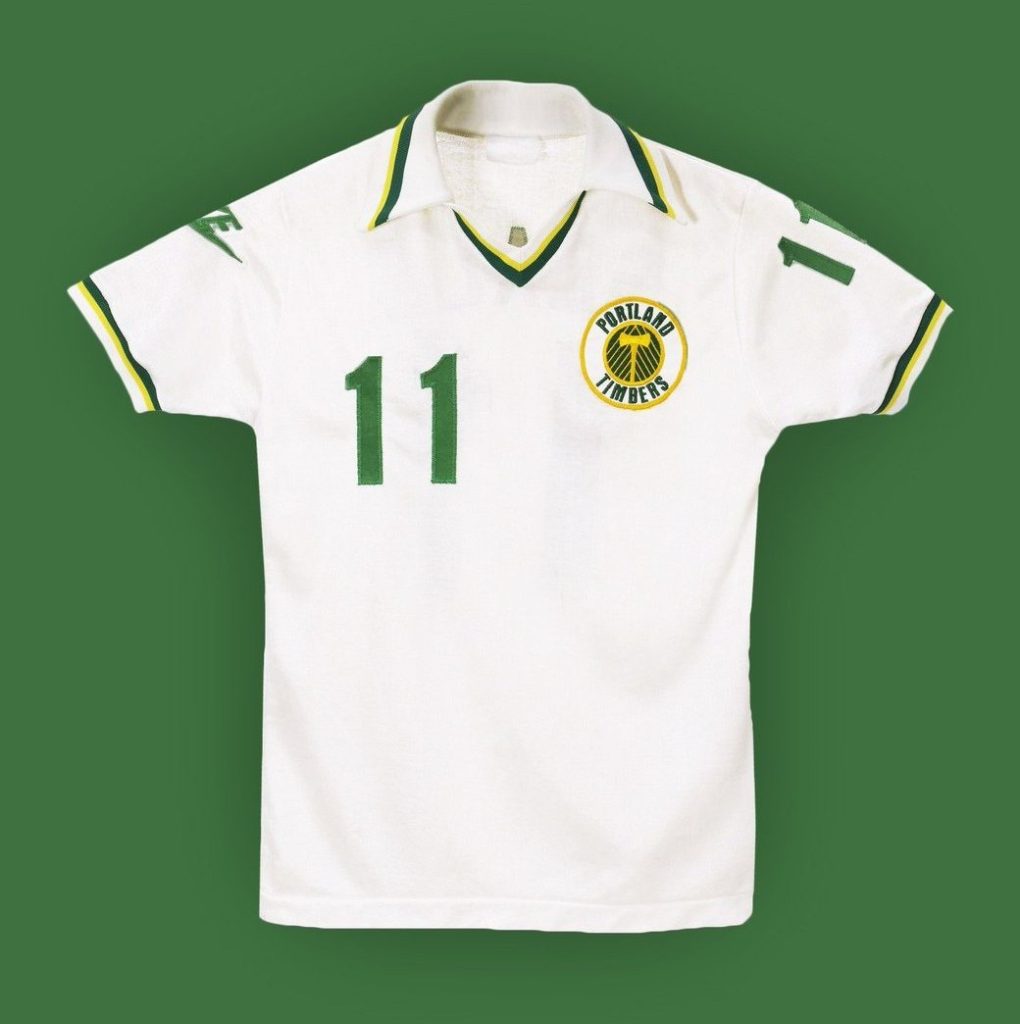
Nike are a huge name in modern day football, but it took until 1979 for them to produce their first ever jersey. The brand’s first kit was that of NASL club Portland Timbers.
The company’s headquarters were based in Portland, Oregon, so this decision made sense. Portland’s jersey was quite simple, a white jersey with a massive collar and green and yellow outlines to complete the look.
Interestingly, Nikes iconic swoosh was on the sleeve of the jersey, rather than in the centre beside the badge as it often is in the modern day.
It only took four years before Nike had their first sponsorship with an English team when they hit a deal with Sunderlands in 1983.
Liverpool home 1989/90 (Adidas)
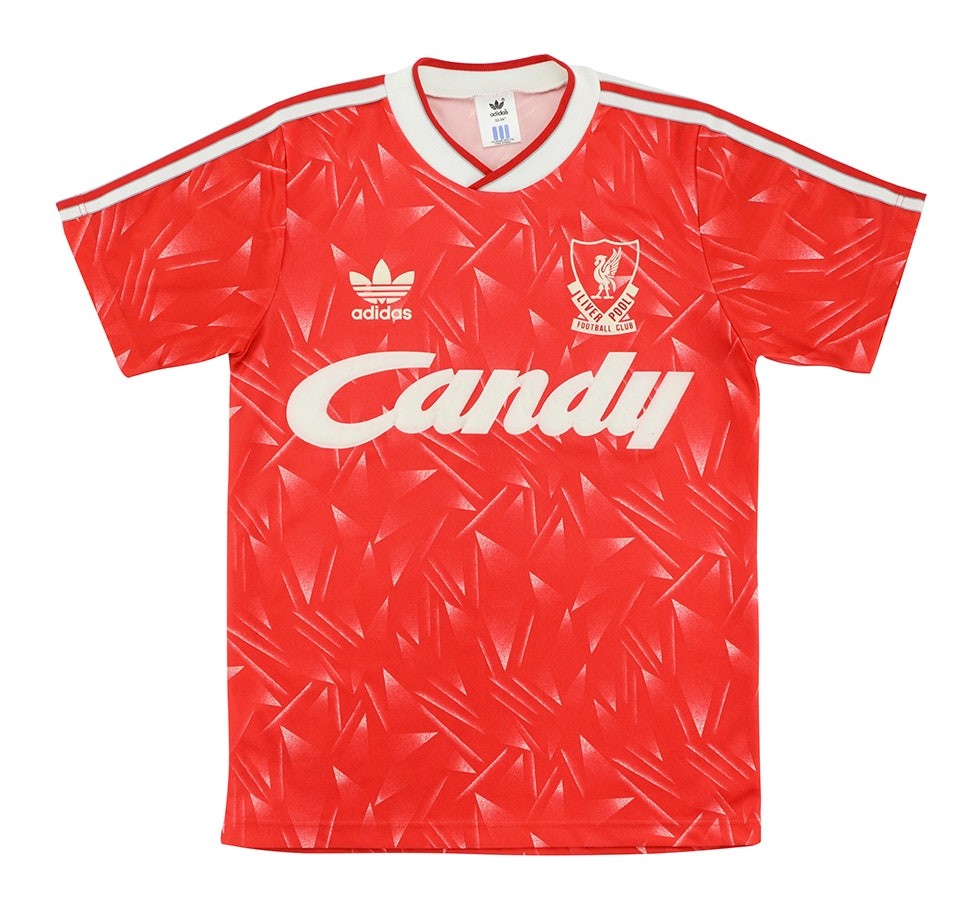
Liverpool’s 1989/90 jersey is one of the best the club has ever worn. The shirt was really out there, especially since the Reds were known for the simplicity of their jerseys over the years.
Created by Adidas, the Liverpool home shirt had white triangular line patterns. The shirt also featured the iconic Candy sponsorship logo. The strip was one of the first in modern English football to have a unique design pattern, which ended up being a popular trend throughout the 1990’s.
Mexico home 1978 (Levi’s)
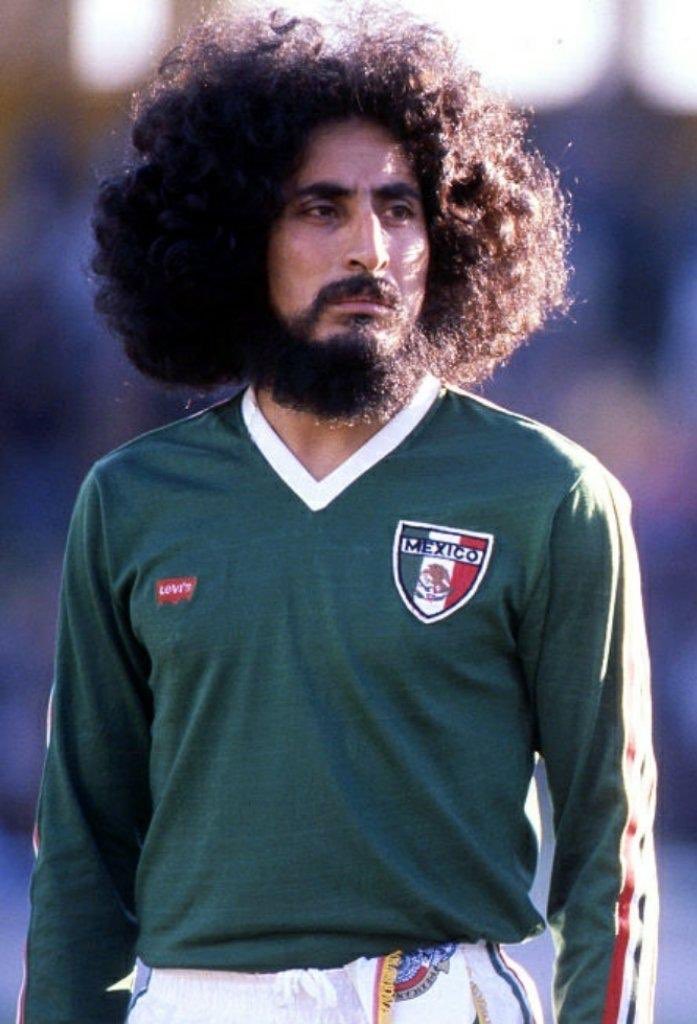
When you think of Levi’s, football jerseys aren’t exactly the first thing that comes to mind. The American clothing company decided to delve into the football scene in 1978 as they manufactured the Mexican national side’s jerseys for the World Cup.
Despite the unique kits, Mexico had a disaster tournament, failing to earn a single point and crashing out at the group stages.
This was the first and last time Levi’s has been seen in the football jersey scene.
Dortmund home 1996/97 (Nike)
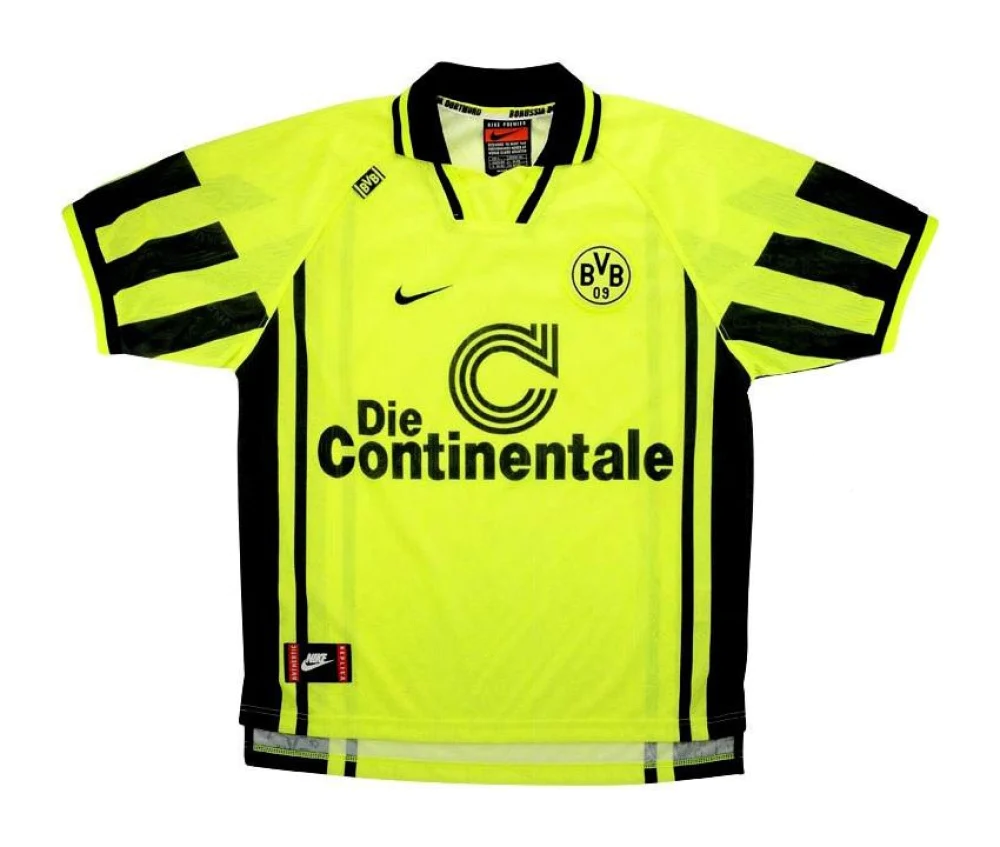
Borussia Dortmund’s home kit from 1996/97 is certainly a fan favourite for jersey collectors around the world. The German side made history in this season, winning the UEFA Champions League for the first and only time in the club’s history.
The kit itself is iconic due to its extreme colour. The bright yellow and black strip really stands out from the crowd and showed the football world that even the brightest of colours can create a beautiful football shirt.
Arsenal home 2005/06 (Nike)
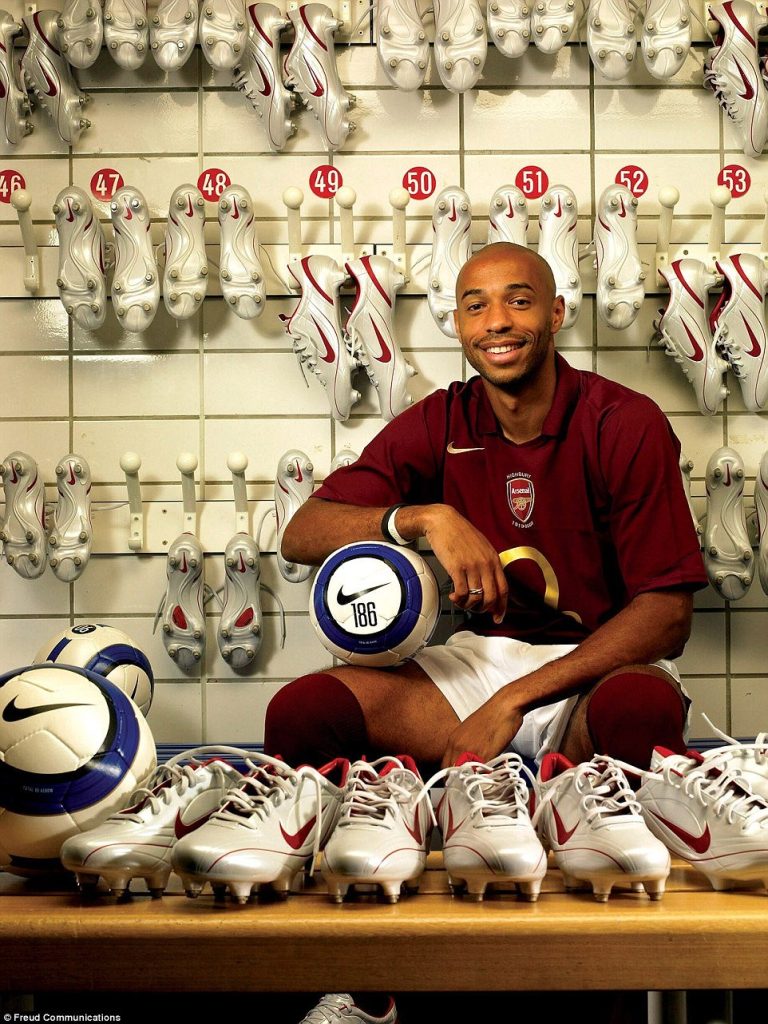
Arsenal’s 2005/06 shirt is certainly iconic as they celebrated their final season at the Highbury stadium. The shirt was a reinterpretation of the Gunners’ 1913 shirt when they
moved to Highbury. Nike manufactured the strip which saw the club move away from their usual red and white colours to a deeper red/maroon style.
Although they existed before, this shirt shows how clubs can celebrate their history through jersey designs, which many teams have done since.
Juventus fourth 2019/20 (Adidas x Palace)
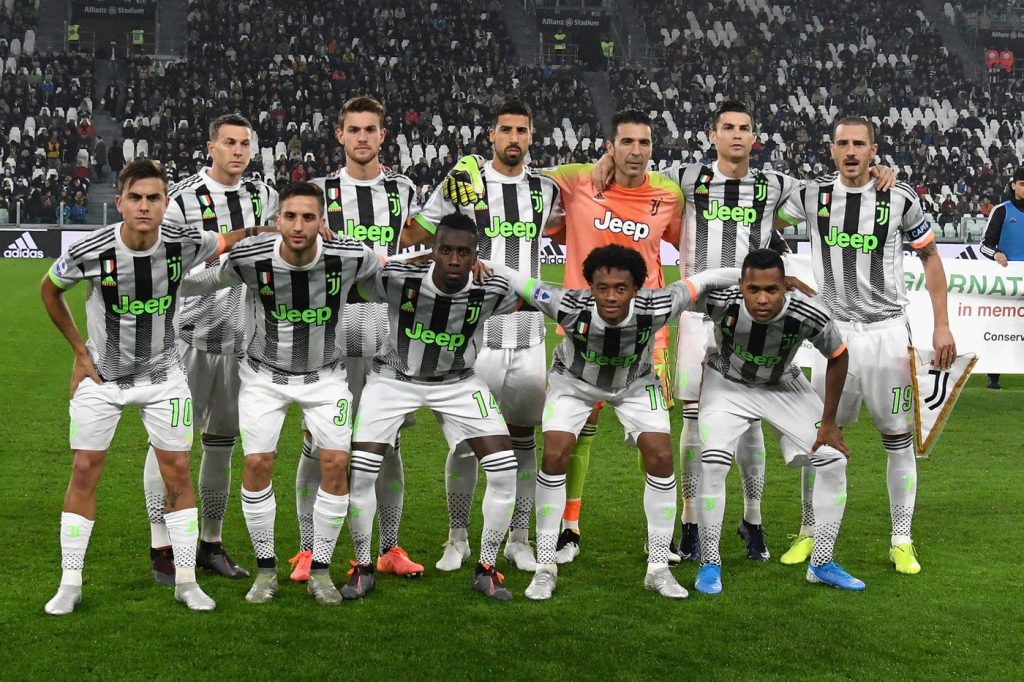
Juventus’ fourth jersey from the 2019/20 season definitely belongs on this list. Adidas and Palace came together to collaborate and create this unique jersey.
The London skate brand linked up with Nike to modify the Juventus home strip, adding in dashes of neon to the crest, sleeves and name set on the back of the shirt.
This was a big step in bridging the gap between football, fashion and streetwear. Since this iconic collaboration, we have seen plenty of other football clubs get involved and work with fashion brands throughout the world.
Nigeria home 2018 (Nike)
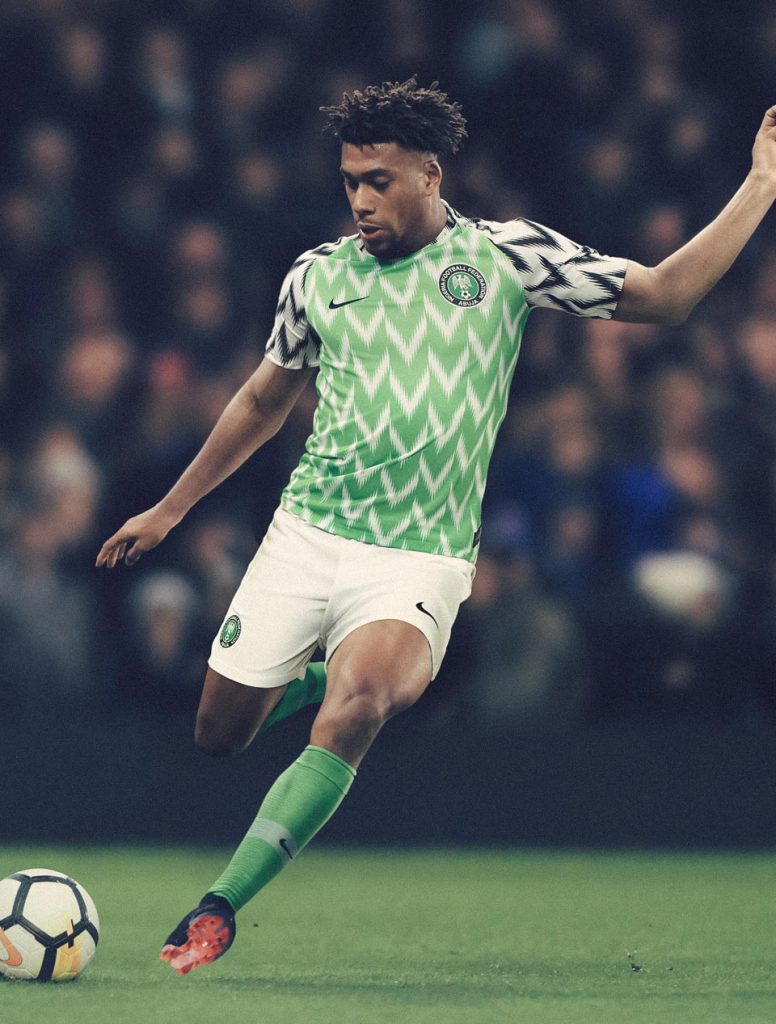
Nigeria’s 2018 World Cup home jersey broke the internet. Its unique pattern and style went viral, leading to over three million pre-orders of the shirt online. Fans of the jersey even camped outside Nike’s London stores to get their hands on the iconic jersey.
Sadly for Nigeria, the strip could not help with their performance at the tournament, as they crashed out at the group stage after losing to a Lionel Messi inspired Argentina and Croatia.
Argentina away 1986 (Le Coq Sportif)
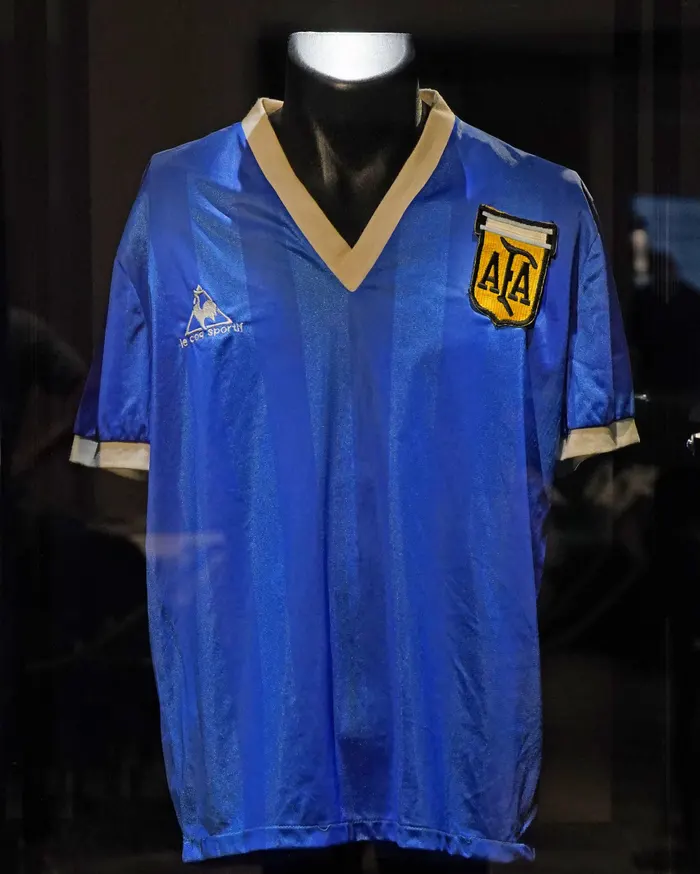
Argentina’s away jersey for the 1986 World Cup in Mexico is iconic for quite a few reasons, meaning it takes the top spot in our list.
Not only was it worn during one of the most famous games in history when Argentina beat England 2-1 in the World Cup quarter-finals thanks to Diego Maradona’s famous “Hand of God” goal, but the shirt was only manufactured days before the match.
Argentina had beaten Uruguay in the round of 16 wearing cotton jerseys. Manager Carlos Bilardo was concerned that wearing those jerseys again against England may affect the team’s performance due to the extreme weather conditions in Mexico City.
Ruben Moschella, a member of the coaching staff, was given the task of going around the local area and finding a new set of lightweight football jerseys, as it was too late to get new shirts manufactured from scratch. It came down to two jerseys and a final decision was made when Maradona pointed and said “That’s a nice jersey, we’ll beat England in that.”
Moschella returned to the store and got the Argentinian badge sewn onto the strips and had the player numbers ironed onto the back of the shirts. Argentina beat England and went on to win the tournament, beating Germany 3-2 in the final.
In 2022, Maradona’s match-worn version of the jersey sold at auction for a record £7.1 million.

